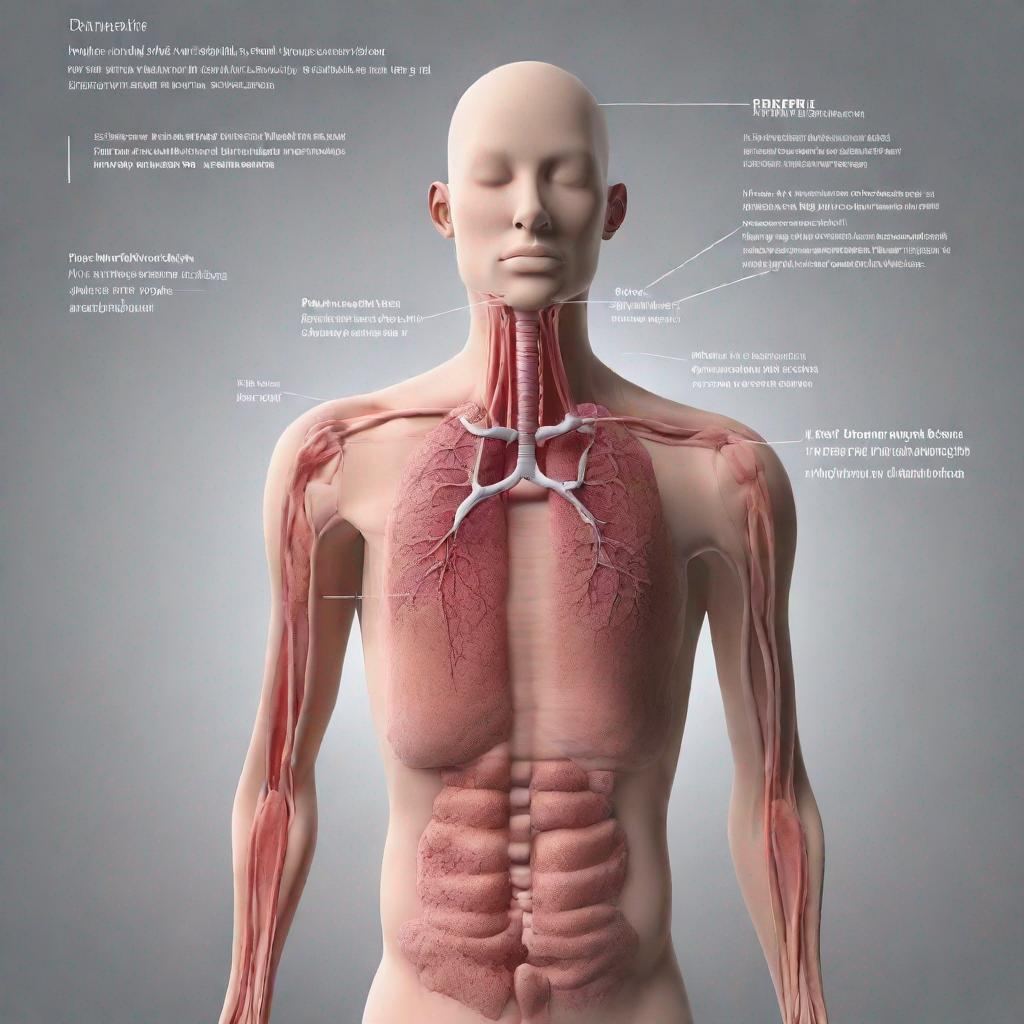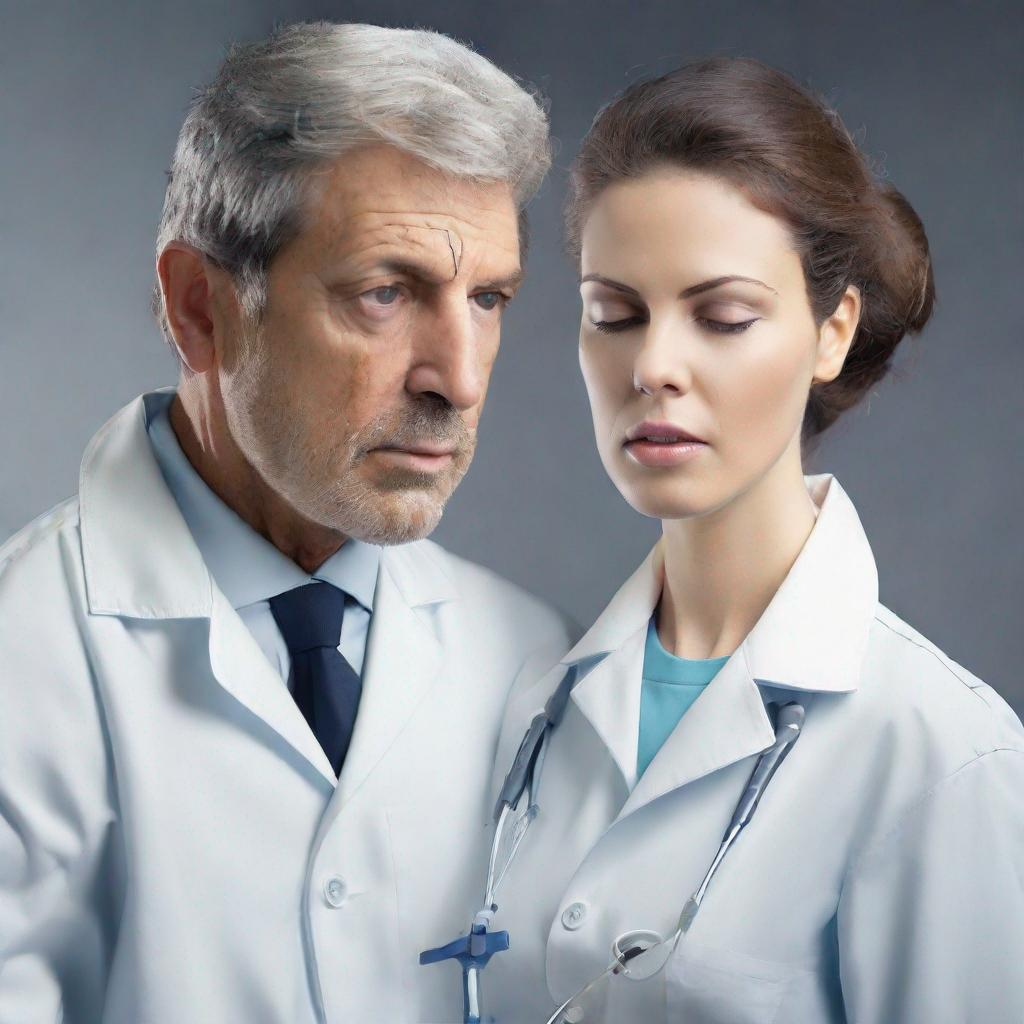Bronchoscopy: A Comprehensive Guide
Introduction
**Bronchoscopy** is a medical test that allows doctors to visualize the داخل the airways and lungs. This procedure involves inserting a thin, flexible tube with a light and camera on its tip through the mouth or nose and into the lungs.
Procedure
Bronchoscopies can be performed under local anesthesia or sedation. Specialized doctors called **pulmonologists** usually conduct the test. The patient lies down, and the bronchoscope is gently passed through their airway. Once in the lungs, the camera allows the doctor to visualize any abnormal tissue, growths, or blockages. The bronchoscope can also collect tissue or fluid samples for further analysis if necessary.
**Types:**
* **Flexible Bronchoscopy:** Uses a flexible scope that can navigate small airways. It’s most common for diagnosing conditions affecting the smaller bronchi.
* **Rigid Bronchoscopy:** Employs a rigid scope for wider airways, such as the trachea. It allows for larger tissue sampling but is less comfortable for the patient.
Diagnosis
Bronchoscopy is useful in diagnosing various lung and airway conditions, including:
* Asthma
* Chronic obstructive pulmonary disease (COPD)
* Cystic fibrosis
* Emphysema
* Interstitial lung disease
* Lung cancer
* Pneumonia
Importance
Bronchoscopy is a minimally invasive test that provides detailed information about the condition of the lungs and airways. It can help:
* Confirm or exclude specific diagnoses based on visual examination.
* Guide treatment plans by providing information on the extent and location of the disease.
* Collect tissue and fluid samples (biopsies) for microscopic examination to detect abnormal cell growth.
Alternatives
In some cases, alternative tests may be considered instead of or in conjunction with a bronchoscopy. These include:
* Chest x-ray
* CT scan
* Sputum cultures
* Spirometry
Preparation
Before a bronchoscopy, patients are typically asked:
* To fast for several hours before.
* To stop taking any medications that may affect breathing or clotting (such as blood thinners).
* To rinse their mouths with an antibacterial solution.
* To wear loose and comfortable clothing that does not restrict their chest.
Duration
The procedure usually takes about 30 minutes to an hour. However, additional time is necessary for preparation and recovery, so the entire appointment may last several hours.
Results
The doctor typically reviews the findings of the bronchoscopy during the same appointment. If any tissue samples were taken, the results of their laboratory analysis may take a few days or weeks.
Recommendations
Following the results of a bronchoscopy, the doctor may recommend additional tests or treatments, such as:
* Chest scans (x-ray or CT) to assess the size and extent of lung lesions.
* Pulmonary function tests to evaluate lung function and capacity.
* Oxygen therapy or medications to improve breathing and manage lung conditions.
* Referral to a Thoracic surgeon for removal or biopsy of lung lesions, if necessary




